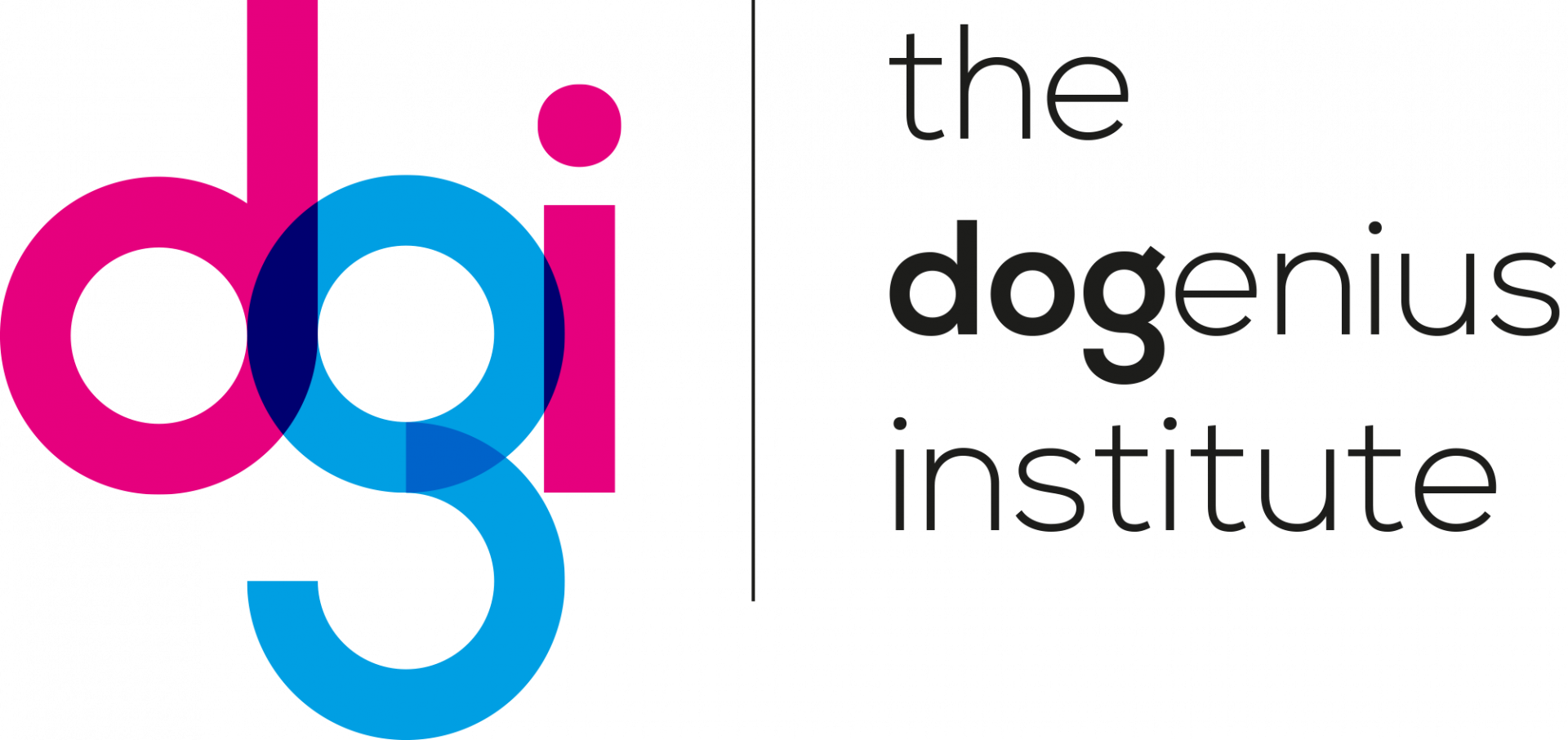Do you have a trusting relationship with your canine
companion?
Did you know, there are things we can do that will help develop a trusting relationship. There is no better present to give your sidekick, other than one which involves positive interactions. Susan Friedman defines trust as the certainty that an interaction will lead to positive outcomes, therefore interaction increases. Martin (2013) highlights how an animal that trusts will willingly approach us, whereas one that does not will display escape behaviours.
When we discuss trust, it is imperative to recognise that it is a complex subject, and that there are many levels of trust. Our aim is to create a 'trust account' that has lots of positive deposits, in return this will allow for withdrawals that inevitably occur (ibid).
Did you know, there are things we can do that will help develop a trusting relationship. There is no better present to give your sidekick, other than one which involves positive interactions. Susan Friedman defines trust as the certainty that an interaction will lead to positive outcomes, therefore interaction increases. Martin (2013) highlights how an animal that trusts will willingly approach us, whereas one that does not will display escape behaviours.
When we discuss trust, it is imperative to recognise that it is a complex subject, and that there are many levels of trust. Our aim is to create a 'trust account' that has lots of positive deposits, in return this will allow for withdrawals that inevitably occur (ibid).
The currency of the 'relationship bank' is positive interactions. When discussing positive interactions, there is more to it than valued rewards. Giving our companions the opportunity to make choices is of the utmost importance. Where there are deposits, there must be withdrawals. These are referred to as "negative interactions" in the shape of force, threats and punishment. In order to keep our trust account in credit, we should ensure that we make many, many more deposits than withdrawals.
Below I highlight a few key components to building a trusting relationship.
Below I highlight a few key components to building a trusting relationship.
Stop using positive punishment
Chance (2013) highlights that, punishment can be effective in reducing behaviour, though there are many negative side-effects we need to be aware of, including escape, aggression, apathy, abuse, and imitation.
Let's explore some problems in more detail. Avoidance or escape may occur when the person delivering the punishment becomes a conditioned or predicting stimulus. Not only that, but the environment and other stimuli within it, may evoke the same escape type behaviours (Azrin & Holz, 1966). Evidence suggests that aggression may occur when the dog attempts to escape punishment but fails. They are then left with no other option, except direct an aggressive display toward the person delivering the punishing stimulus (ibid).
We want to avoid adding any kind of punishment, as even the mildest form of punishment makes large withdrawals from your trust account.

